 The “135” logo and the Canton Fair mascot outside the Canton Fair Complex in Guangzhou, south China’s Guangdong Province, April 13, 2024. /CFP
The “135” logo and the Canton Fair mascot outside the Canton Fair Complex in Guangzhou, south China’s Guangdong Province, April 13, 2024. /CFP
The “135” logo and the Canton Fair mascot outside the Canton Fair Complex in Guangzhou, south China’s Guangdong Province, April 13, 2024. /CFP
The 135th China Import and Export Fair, also known as the Canton Fair, is set to kick off in Guangzhou, south China’s Guangdong Province tomorrow.
For decades, the fair has connected Chinese producers with international buyers twice a year without fail, regardless of economic ups and downs. The upcoming 135th session of the fair, which attracted over 10,898 exhibiting companies and buyers from over 215 countries and regions, speaks volumes about the event’s significance.
According to Chinese Vice Commerce Minister Wang Shouwen, the scale of the event will top past spring editions in the number of enterprises registered for the import and export fairs, new participants, early registered buyers from overseas, exhibition area, and others.
There has been significant growth in fair registrations this year: a 21.4-percent increase from the United States, a 13-percent increase from Organization for Economic Cooperation and Development (OECD) countries, a 24.7-percent increase from Middle Eastern countries, a substantial 45.9-percent increase from countries participating in the Belt and Road Initiative and a 15.5-percent increase from Regional Comprehensive Economic Partnership (RCEP) countries.
More than 100 overseas organizations, including the United Nations Industrial Development Organization and the United States of America-China Chamber of Commerce, will join the session in groups.
As of Saturday, more than 144,000 purchasers from 215 countries and regions have completed pre-registration, and more than 288 large multinationals and business institutions have confirmed that they will organize delegations to attend the event, marking a notable 21.5-percent increase compared to the same period last year.
Over 3,600 innovative companies are expected to demonstrate their capabilities on digital fronts, ranging from automated guided vehicles to AI-powered translating machines.
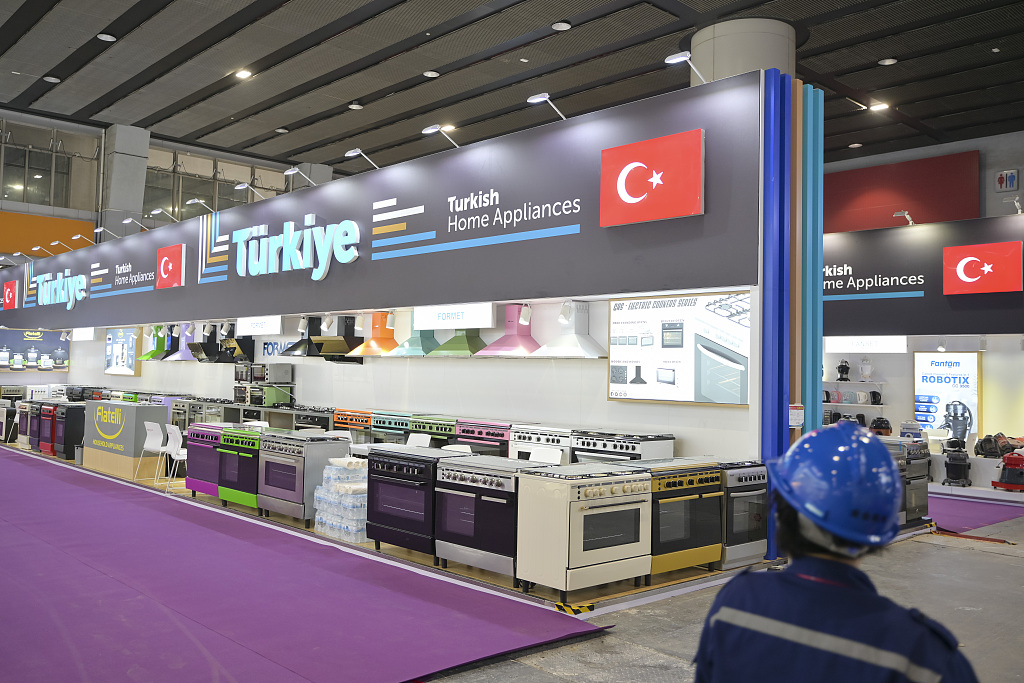 Import exhibition booths under construction at the 135th China Import and Export Fair in Guangzhou, south China’s Guangdong Province, April 13, 2024. /CFP
Import exhibition booths under construction at the 135th China Import and Export Fair in Guangzhou, south China’s Guangdong Province, April 13, 2024. /CFP
Import exhibition booths under construction at the 135th China Import and Export Fair in Guangzhou, south China’s Guangdong Province, April 13, 2024. /CFP
Enhancing attendee experience
To enhance the conference experience for attendees from around the world, this year’s Canton Fair has streamlined services across various areas, including credentialing, dining and business travel, thereby providing greater convenience.
For those attending this year’s Canton Fair, there will be a “green channel” for visa applications that will reduce the processing and issuance time for visas to just four working days in 90 percent of Chinese embassies and consulates abroad. By streamlining the processing of exhibition certificates, the waiting time during peak periods will also be reduced from 1.5 hours to 30 minutes.
The fair will also provide foreign currency exchange machines and mobile point-of-sale devices to meet the needs of both exhibitors and buyers, including currency exchange, digital payments, card payments, mobile payments and cash payments.
To ensure smooth travel, Guangzhou Baiyun International Airport has increased its flight options for popular domestic and international destinations, with an average weekly flight volume rising to 10,597 and a 71.6-percent increase in international flights, according to Tan Ping, vice mayor of the Guangzhou Municipal People’s Government.
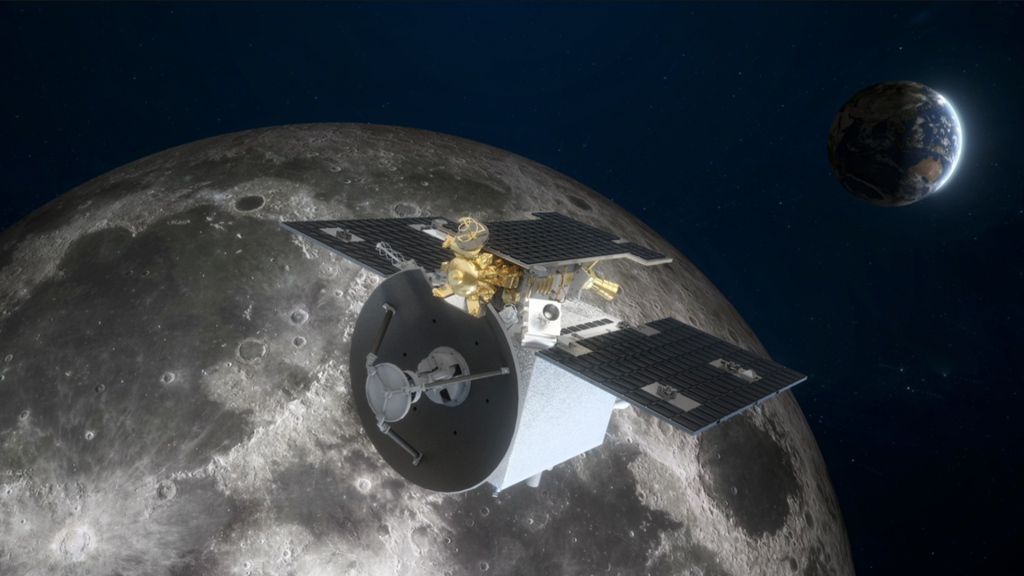 A rendering of a Tiandu test satellite. /Deep Space Exploration Laboratory (DSEL)
A rendering of a Tiandu test satellite. /Deep Space Exploration Laboratory (DSEL) 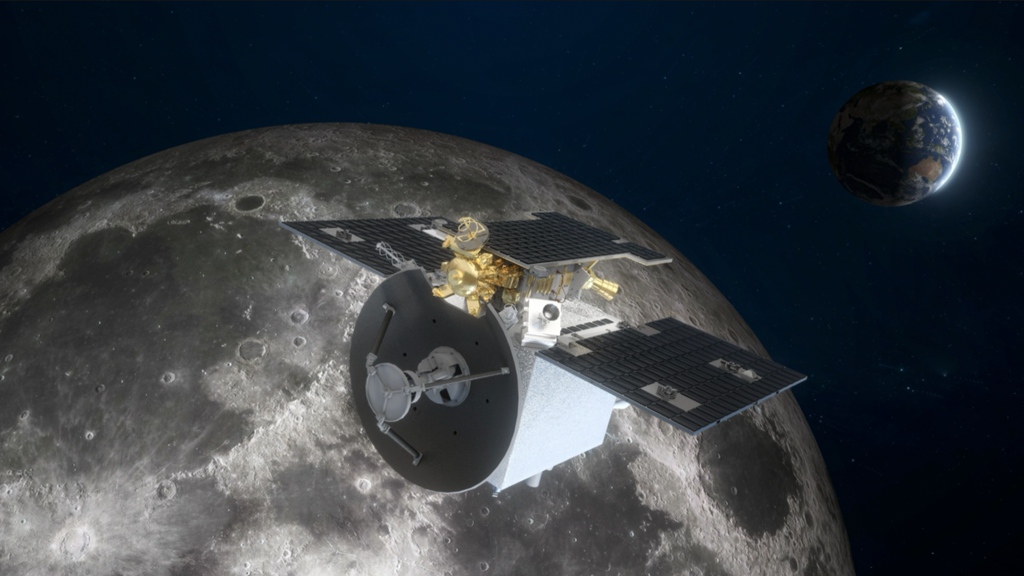

 The AI clone of Liu Qiangdong, CEO of JD.com, as appeared in a video published on the company’s official WeChat account, April 15, 2024. /WeChat
The AI clone of Liu Qiangdong, CEO of JD.com, as appeared in a video published on the company’s official WeChat account, April 15, 2024. /WeChat 
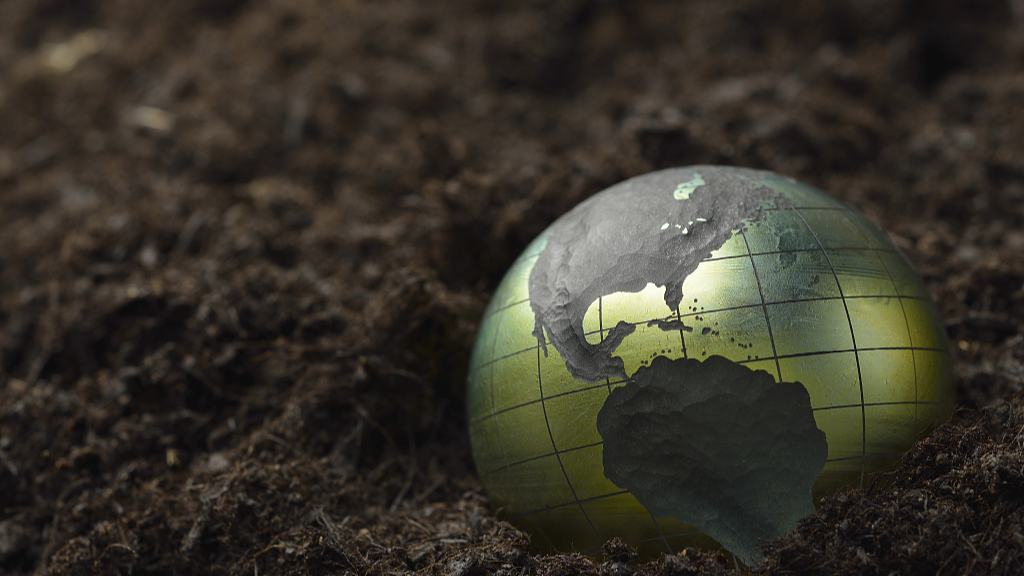 /CFP
/CFP 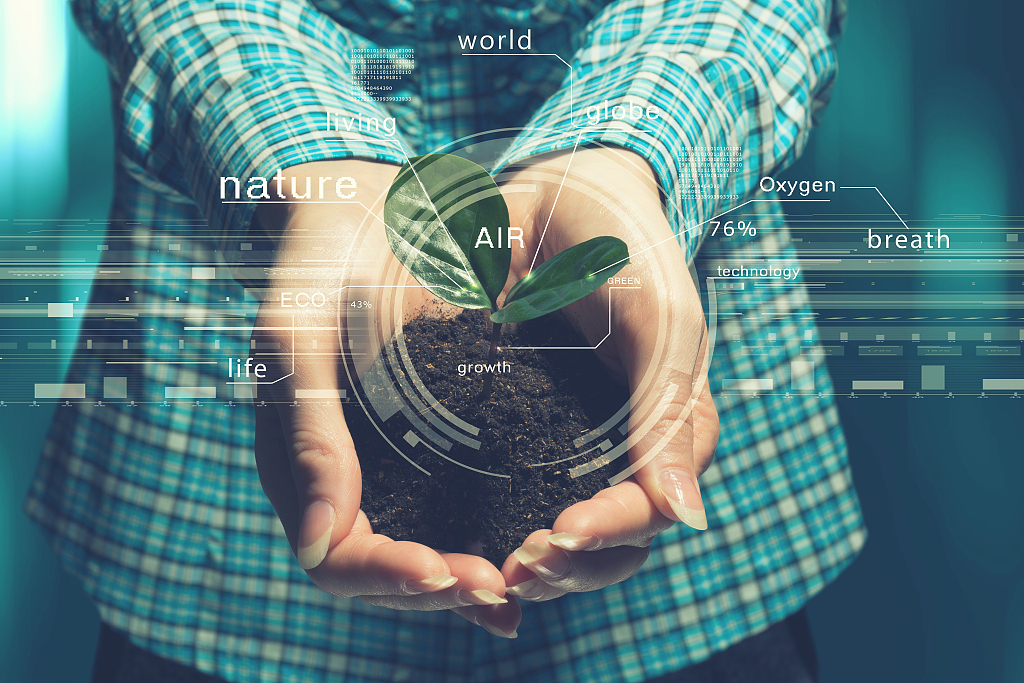 /CFP
/CFP 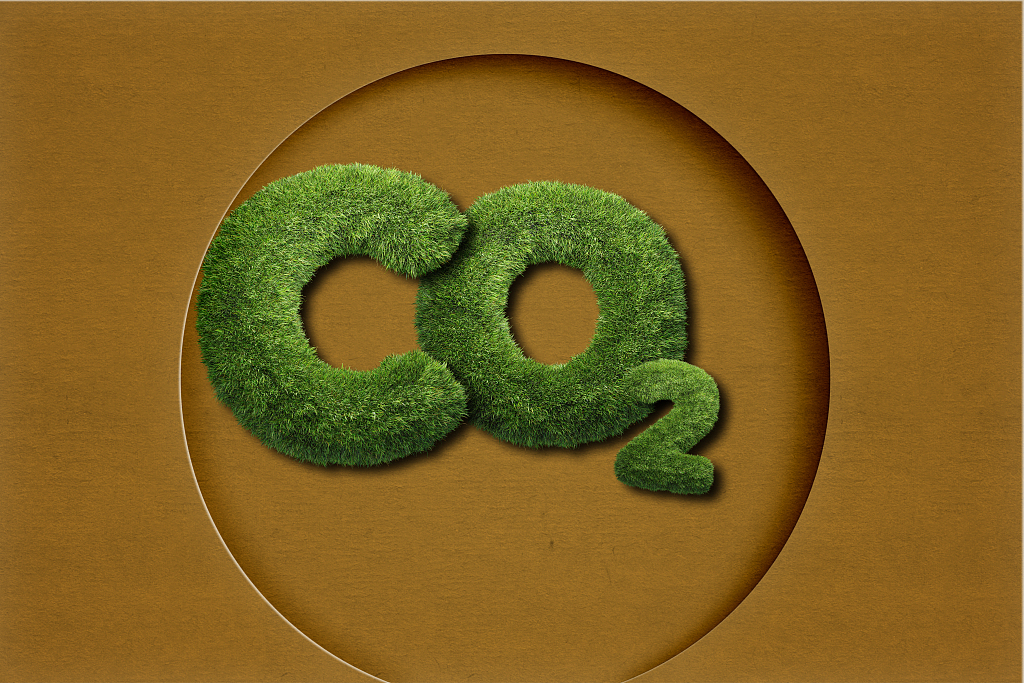 /CFP
/CFP 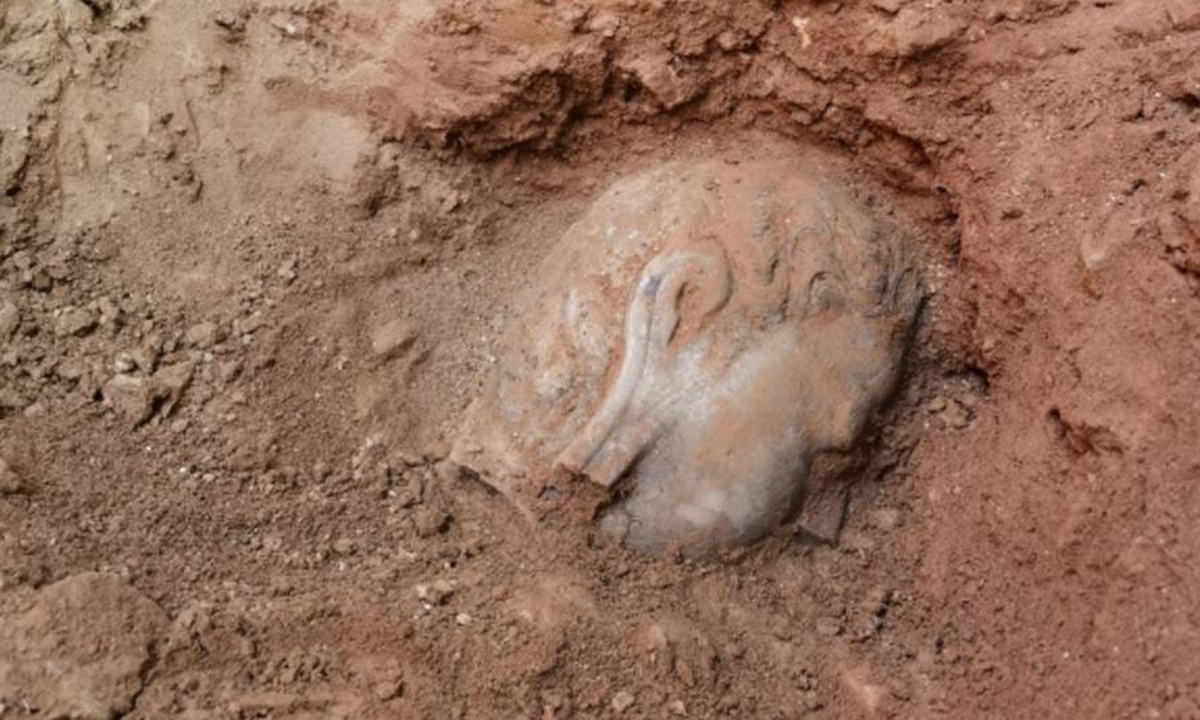
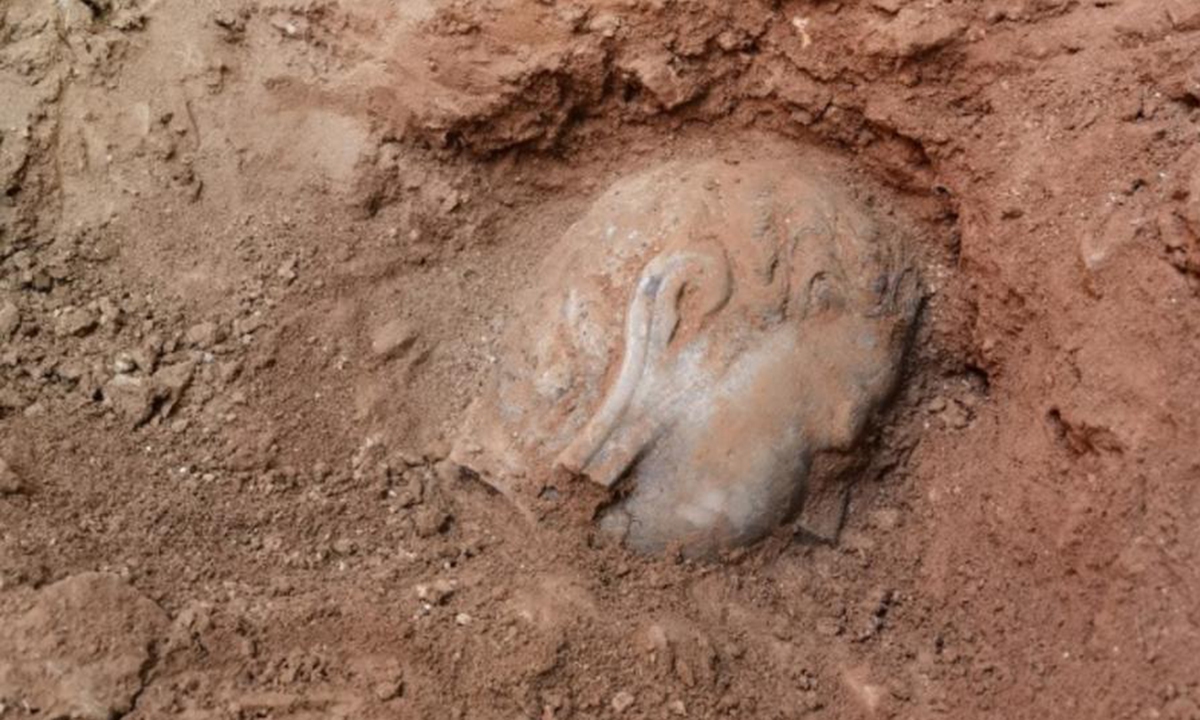

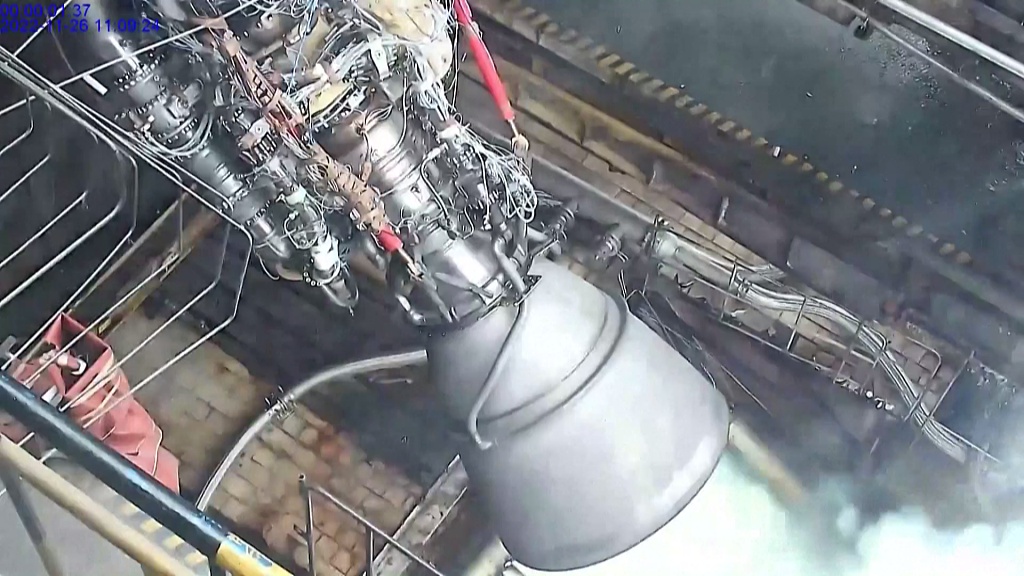 The reusable rocket engine during its first test run, November 26, 2022. /CFP
The reusable rocket engine during its first test run, November 26, 2022. /CFP 
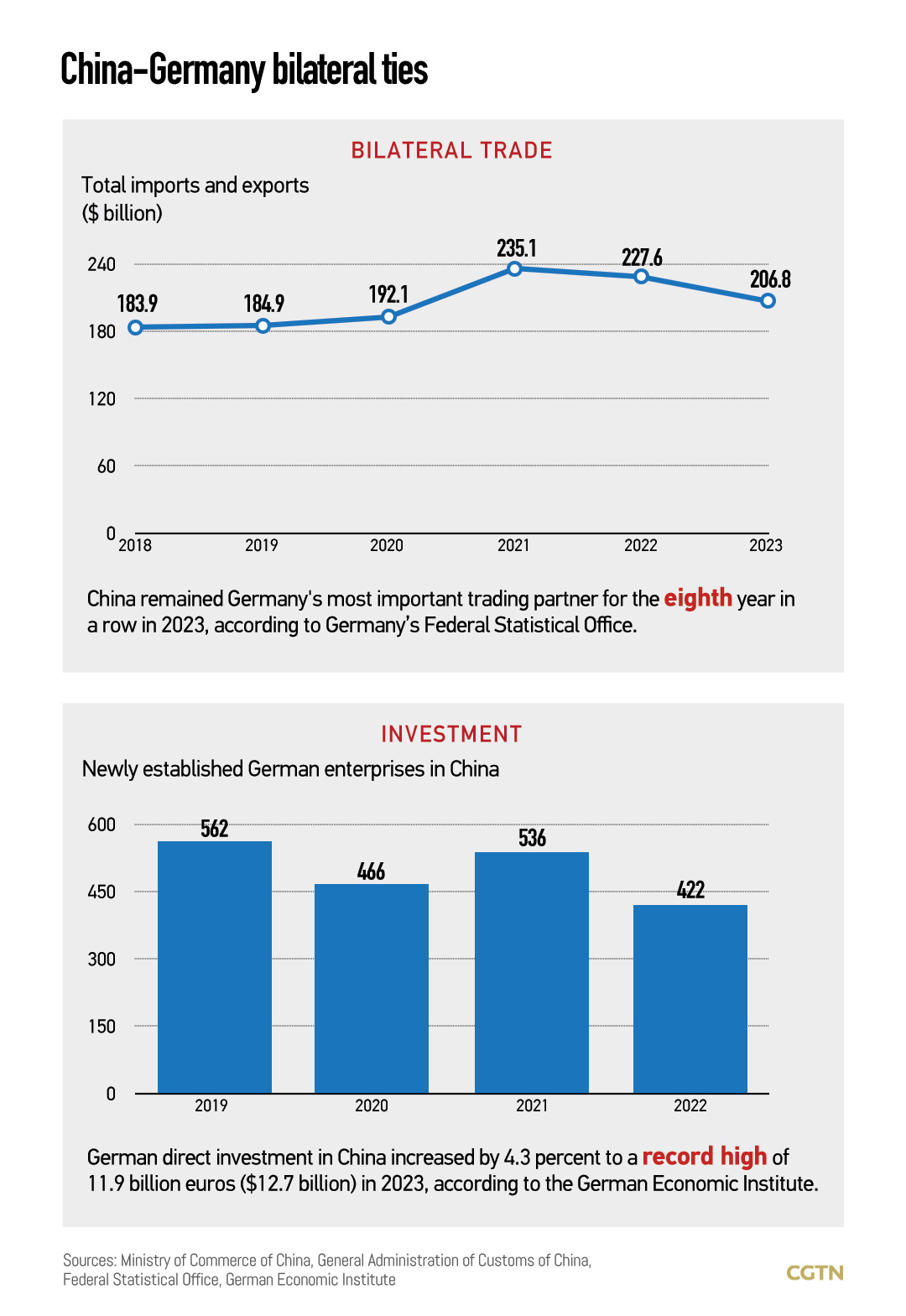
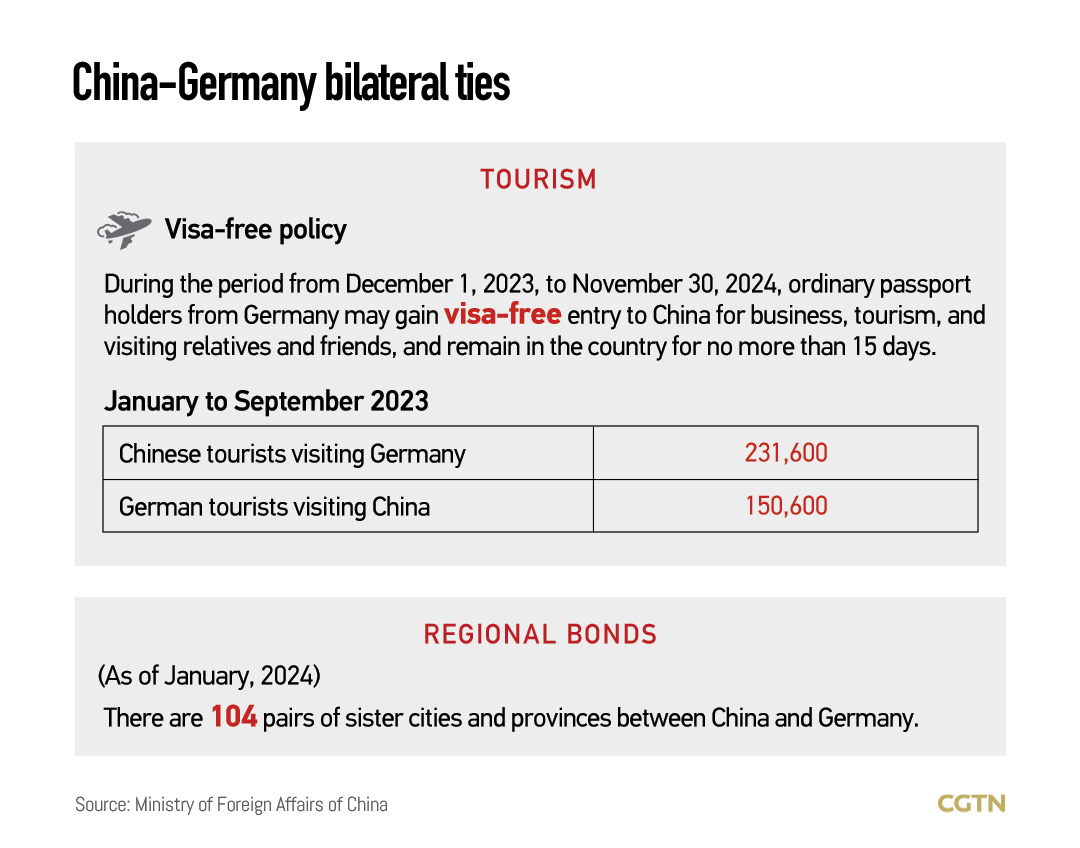

 The “135” logo and the Canton Fair mascot outside the Canton Fair Complex in Guangzhou, south China’s Guangdong Province, April 13, 2024. /CFP
The “135” logo and the Canton Fair mascot outside the Canton Fair Complex in Guangzhou, south China’s Guangdong Province, April 13, 2024. /CFP  Import exhibition booths under construction at the 135th China Import and Export Fair in Guangzhou, south China’s Guangdong Province, April 13, 2024. /CFP
Import exhibition booths under construction at the 135th China Import and Export Fair in Guangzhou, south China’s Guangdong Province, April 13, 2024. /CFP 
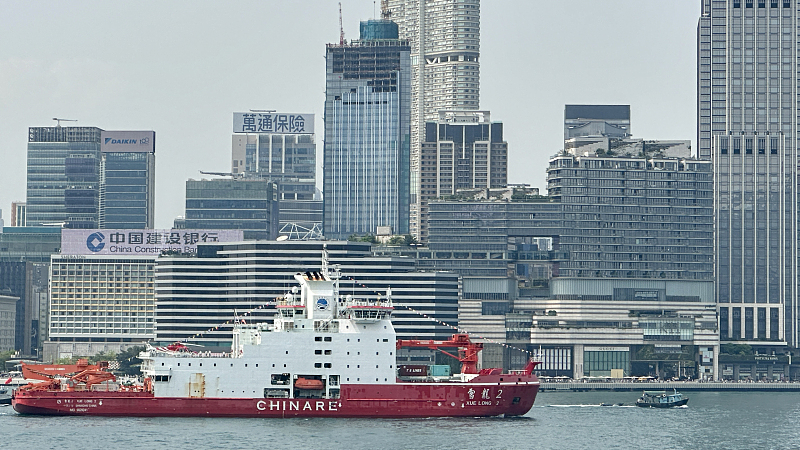 China’s first domestically made icebreaker Xuelong 2 leaves Hong Kong to Shanghai, April 12, 2024. /CFP
China’s first domestically made icebreaker Xuelong 2 leaves Hong Kong to Shanghai, April 12, 2024. /CFP